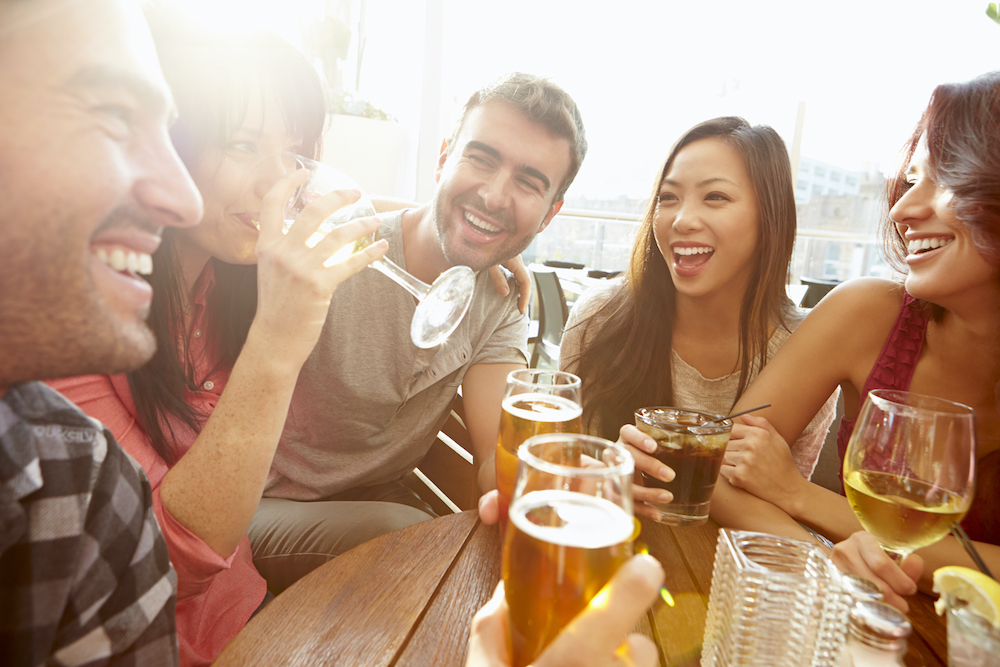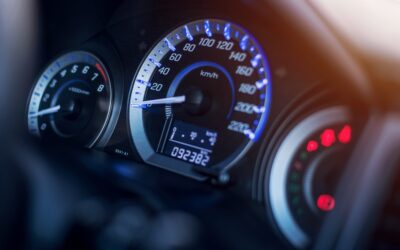Don’t drink and drive. Drinking impairs your judgement and slows your reaction speeds. So even if you feel perfectly sober, you’re still more likely to be involved in an accident if you have any alcohol in your bloodstream.

How Long After Drinking Can You Drive?
This is one of those questions for which there’s no straightforward answer. It all depends on how much you have had to drink, on the strength of the alcohol you’ve drunk and how your body processes alcohol – which can be different for everyone. So the safe thing to do is not drive at all if you have had any alcohol.
How Long Does it Take to Process a Unit of Alcohol?
To understand the link between drinking and safe driving, you need to understand alcohol units. According to the NHS, one unit of alcohol is the amount of alcohol an average adult can process within an hour. For most adults, that’s about 10ml, or 8g, of pure alcohol.
In theory, if you drank something containing one unit of alcohol, within an hour there’d be no alcohol remaining in your bloodstream. After this, you’d be safe to drive.
The problem is that most, if not all, alcoholic drinks contain multiple units of alcohol. Also, different people process alcohol differently. Some people can drink a pint of beer and barely notice the difference. Others might feel tipsy after a single sip of shandy.
UK Drink Drive Limits
There are set drink drive limits for adults in England, Wales and Northern Ireland, and separate limits for adults in Scotland.
In England, Wales and Northern Ireland, the limits are as follows:
- 80mg of alcohol per 100ml of blood
- 107mg of alcohol per 100ml of urine
- 25 micrograms of alcohol per 100ml of breath
In Scotland, it looks like this:
- 50mg of alcohol per 100ml of blood
- 67mg of alcohol per 100ml of urine
- 22 micrograms of alcohol per 100ml of breath
What Are The Penalties for Drink Driving?
If police stop you for any reason, they may test your alcohol levels. If they find you’re over the limit, you’re in serious trouble. Depending on your circumstances, you could get up to 6 months’ imprisonment, and a possible driving ban.
You can also get between 3 and 11 points on your licence, and they’ll stay on your licence for 11 years following the date of your conviction. The implications for new drivers who have held their licence for less than two years could be even more severe. This, of course, will affect the price of your car insurance. It might even invalidate your policy.
What Are The Penalties For Refusing a Breath Test?
You can get equally harsh penalties for even refusing to provide a sample of blood, breath or urine for the police to check. And for serious cases involving injury or death, you can get imprisoned for up to 14 years.
How to Calculate Alcohol Units
Most drinks these days specify how many units they contain on the can or bottle. But if not, or if you want to calculate how many units are in a drink you buy from a bar or restaurant, just multiply the volume of the drink (in ml) by the alcoholic strength by volume (ABV), then divide the answer by 1000.
For example, let’s work out how many units are in a pint of beer. One pint is equivalent to 568 ml. Supposing the beer has an ABV of 5.0%:
568 x 5 / 1000 = 2.84 units
As it takes approximately an hour to process each unit of alcohol, it would take just under three hours for all the alcohol from this pint to leave your bloodstream.
For another example, think of a large glass of red wine. A good Bordeaux might have an ABV of 14%, and let’s say that a large glass is equivalent to 250ml. In which case:
250 x 14 / 1000 = 3.5
So it’d take three and a half hours for all the alcohol from a large glass of wine to pass through your system.
Driving The Morning After Drinking
If you enjoy a night’s drinking, you might wake up feeling a little worse for wear. Whether or not it’s safe to drive with a hangover is a different matter entirely. The question is, will enough time have passed for all the alcohol you drunk the night before to leave your bloodstream?
The Morning After is a campaign to help people assess whether they’re safe to drive after drinking. They have a helpful “Morning After Calculator” which can be used as a rough guide. Input the various different types of drink you enjoyed, and they’ll automatically calculate how long you’ll have to wait before you can safely drive.
There is no quick and effective way to sober yourself up. A strong cup of black coffee might make you feel more alert, but it won’t flush the alcohol from your system. Neither will a full English breakfast “soak up” the alcohol in your blood.
So to sum up:
- Alcohol tolerance varies so much from person to person that there’s no fool proof way to drink in moderation before driving.
- The legal limits for drink driving are so low that driving after even one drink could put you over the drink drive limit.
- The penalties for drink driving are incredibly severe.
The dangers of drink driving are so great, and the penalties so severe, that this is one area where it’s simply not worth taking any risks. The simple conclusion is “Do Not Drink and Drive”.



